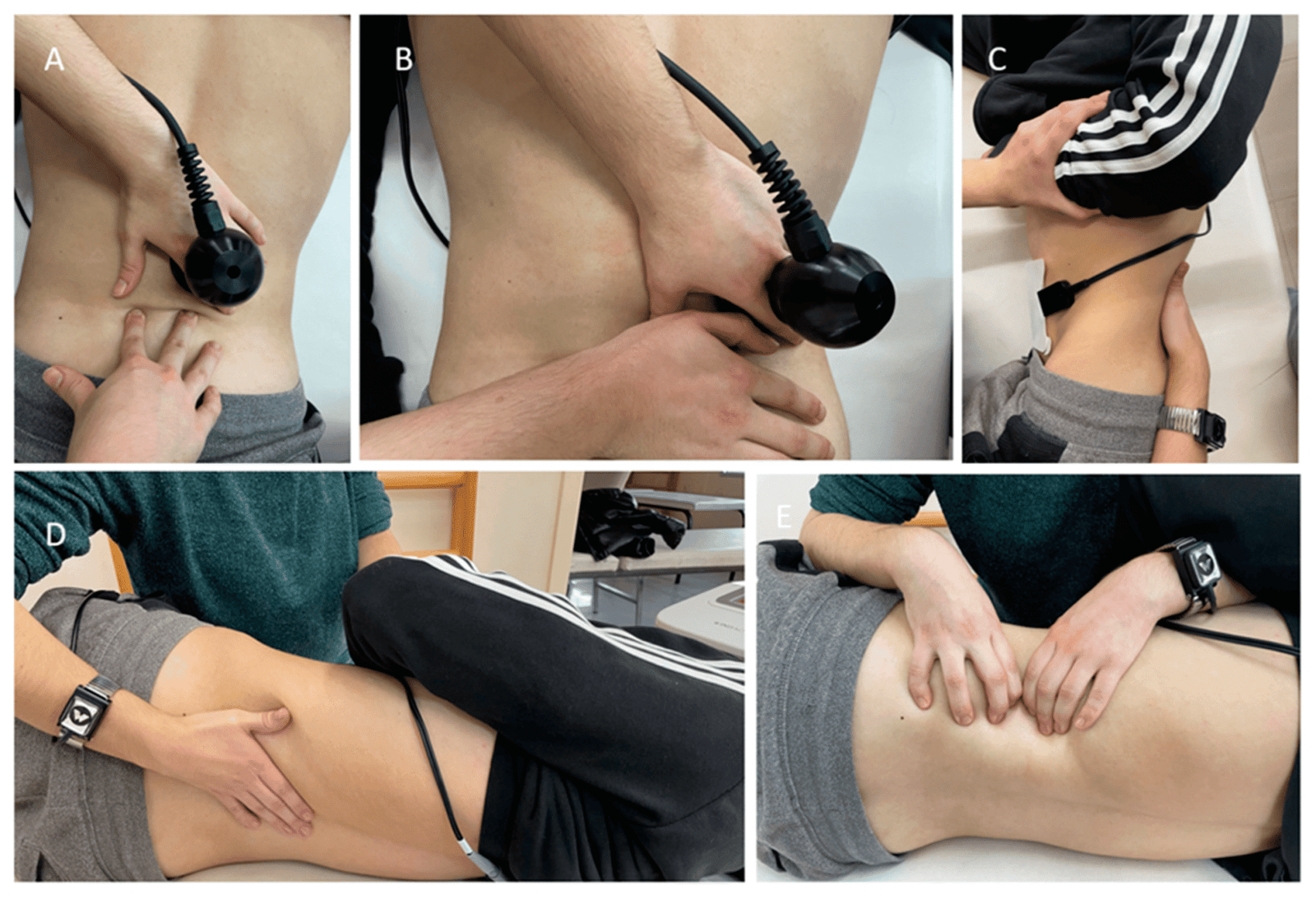In today’s digital age, where smartphones, tablets, and laptops are an integral part of daily life, a new musculoskeletal issue
Tech Neck Syndrome
How Physiotherapy Play An Important Role To Correct And Manage It —
In today’s digital age, where smartphones, tablets, and laptops are an integral part of daily life, a new musculoskeletal issue has emerged: Tech Neck Syndrome. This condition results from consistently tilting the head forward while using electronic devices, leading to strain on the neck and spine. If ignored, it can cause persistent pain, limited mobility, and even long-term postural changes. However, physiotherapy provides effective solutions for both preventing and alleviating text neck, helping individuals maintain better posture and overall spinal health.
What Is Tech Neck Syndrome
Tech Neck Syndrome is a modern-day musculoskeletal condition caused by prolonged forward head posture while using electronic devices. This repetitive stress injury affects the natural curvature of the cervical spine, overworks the neck and shoulder muscles, and strains the supporting ligaments.
The human head typically weighs between 10 and 12 pounds when in a neutral position. However, tilting it forward significantly increases its effective weight, placing greater strain on the neck muscles and spine.
The pressure on the cervical spine increases as the head tilts forward:
– At 15 degrees, the neck endures 27 pounds of force.
– At 30 degrees, the load increases to 40 pounds.
– At 45 degrees, the pressure reaches 49 pounds.
– At 60 degrees, the neck bears an astonishing 60 pounds of force.
Over time, this excessive strain can lead to spinal misalignment, chronic pain, muscle imbalances, and reduced mobility. Left unaddressed, tech neck may cause long-term structural damage, affecting overall posture and quality of life.
Symptoms of Tech Neck Syndrome
– Neck pain : Ranges from mild discomfort to severe pain.
– Upper back pain : Aching between the shoulder blades.
– Shoulder pain : Tension and strain from a forward head position.
– Headaches : Caused by neck strain.
– Reduced motion : Difficulty turning the head or looking up.
– Muscle stiffness : Tightness in the neck and upper back.
– Posture changes : Weakness and stress lead to slouched shoulders.
– Tingling and Numbness : In severe cases, nerve compression leads to tingling and numbness in arms .
Long-Term Effects of Tech Neck:
If left untreated, tech neck can lead to:
– Poor Posture: Changes in neck alignment and a hunched back.
– Chronic Pain: Persistent neck, shoulder, and upper back pain.
– Muscle Weakness: Strained and weakened neck and shoulder muscles.
– Nerve Compression: Pinched nerves causing pain, tingling, or numbness.
– Disc Problems: Increased risk of herniated or compressed discs.
– Balance Issues: Poor posture affecting stability and coordination.
– Arthritis: Early onset of joint degeneration in the neck.
– Reduced Mobility: Stiffness and limited range of motion over time.
– Reduced Lung Capacity: Poor posture can restrict breathing efficiency.
Role of Physiotherapy in Managing Tech Neck Syndrome
Physiotherapy plays a crucial role in treating and preventing tech neck syndrome by addressing pain, improving posture, and restoring mobility.
1. Pain Relief and Muscle Relaxation
Physiotherapists use techniques like manual therapy to ease muscle tension, reduce stiffness, and relieve pain in the neck, shoulders, and upper back.
2. Posture Correction
Through guided exercises and ergonomic advice, physiotherapy helps improve posture by strengthening muscles that support the neck and spine, reducing strain caused by prolonged screen use.
3. Strengthening and Flexibility Exercises
Customized exercise programs target weakened muscles, improve flexibility, and enhance overall stability, preventing further strain on the cervical spine.
4. Neck and Spine Alignment
Physiotherapists work on spinal adjustments and stretching exercises to realign the cervical spine, reducing excessive forward head posture and preventing long-term spinal issues.
5. Nerve Pain Management
If tech neck leads to nerve compression, physiotherapy can help with nerve mobilization techniques and specific movements to relieve pressure and restore normal function.
6. Improved Mobility and Function
Regular physiotherapy sessions enhance range of motion in the neck and shoulders, making daily activities easier and reducing discomfort during movement.
7. Education and Lifestyle Modifications
Physiotherapists educate patients on ergonomic setups, proper screen height, and habits to prevent tech neck, ensuring long-term relief and prevention.
By incorporating physiotherapy into treatment, individuals can effectively manage tech neck syndrome, reduce pain, and maintain better posture and spinal health.
Tech Neck Prevention Tips
– Maintain Good Posture: Keep your head aligned with your spine.
– Adjust Screen Height: Position screens at eye level.
– Take Breaks: Follow the 20-20-20 rule and move often.
– Exercise Regularly: Strengthen neck and shoulder muscles.
– Use Ergonomic Support: Sit in a chair with lumbar support.
– Limit Screen Time: Reduce unnecessary device use.
– Stay Hydrated & Eat Well: Support spinal health.
– Sleep Properly: Use a supportive pillow and avoid stomach sleeping.
– Be Smart with Phones: Use earphones and hold devices at eye level.
These simple habits help prevent tech neck and improve posture









